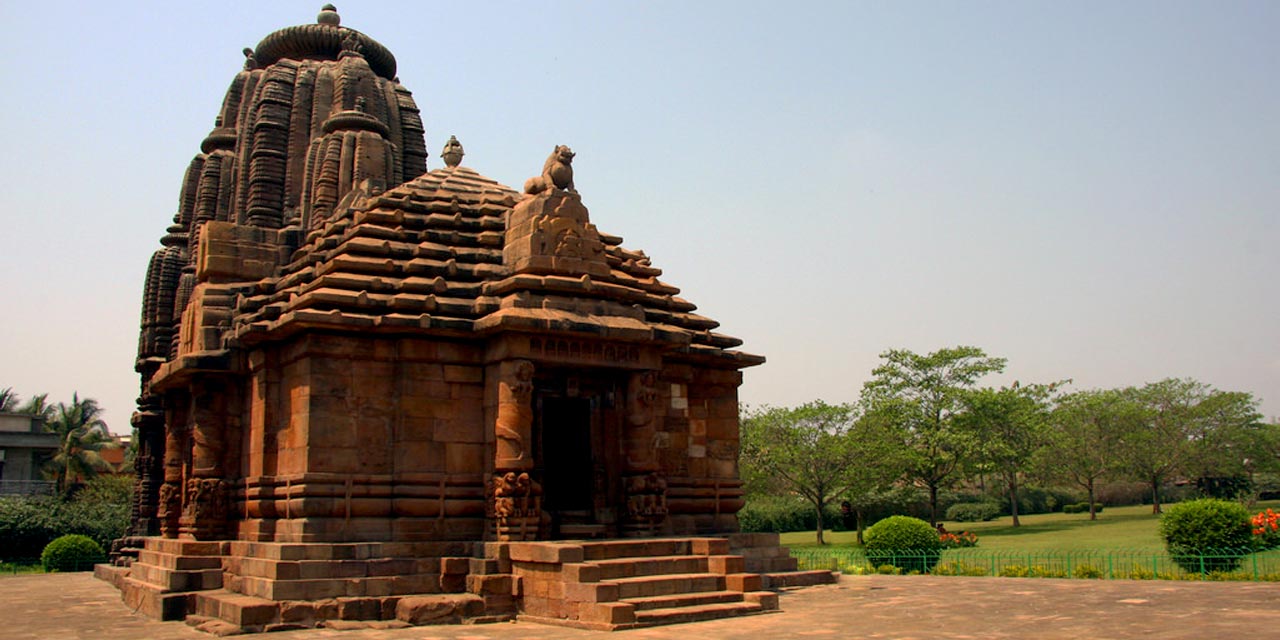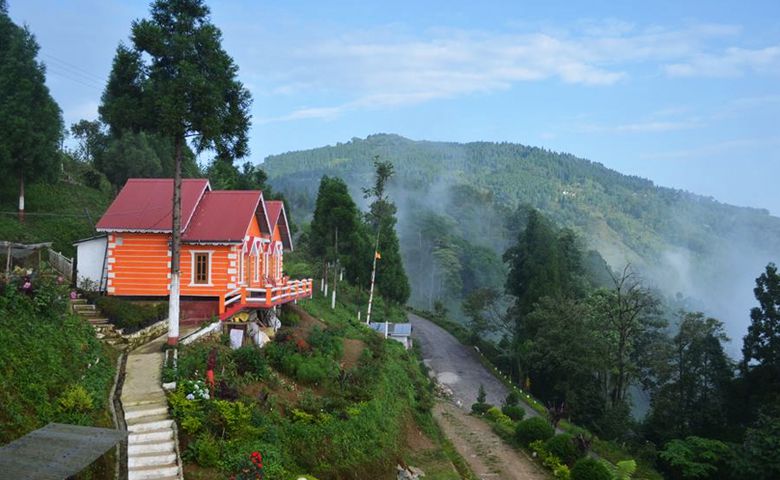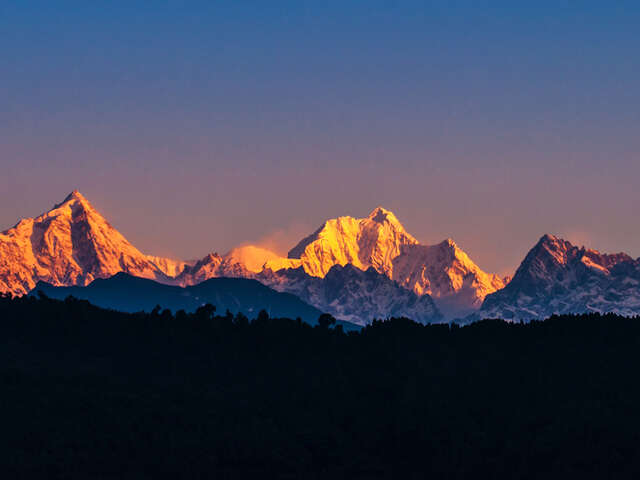Rajarani Temple: A Hidden Gem in the Heart of Odisha

Located in the capital city of Odisha, Bhubaneswar, the Rajarani Temple is one of the lesser-known yet incredibly significant landmarks of the region. Often overshadowed by the more famous temples in the area, the Rajarani Temple remains a hidden gem that showcases the brilliance of ancient Indian architecture and sculpture. Its intricate carvings, the historical backdrop, and its serene atmosphere make it a fascinating destination for those interested in Indian history, art, and culture.
The Origins of Rajarani Temple
The Rajarani Temple was built during the 11th century, under the rule of the Somavamsi dynasty, which ruled Odisha at the time. Though it is unclear who commissioned the temple’s construction, it is believed that it was built by the kings of the Somavamsi dynasty as a tribute to the divine. The name “Rajarani” is derived from the local Rajarani sandstone used to build the temple, a material that gives the temple its distinctive orange hue, adding to its visual appeal.
Unlike the majority of temples in India that are dedicated to specific gods or deities, the Rajarani Temple is unique because it does not house a main idol. Some historians suggest that it was a temple for the worship of multiple gods, or perhaps, a place for community worship and spiritual learning. Over the centuries, the temple’s mystery has intrigued many scholars and visitors, adding to its allure.
Rajarani Temple’s Architectural Brilliance
One of the most striking features of the Rajarani Temple is its remarkable Kalinga-style architecture. This style of temple architecture is characteristic of Odisha, with temples typically featuring a central sanctum (Garbhagriha), a hall (Jagamohana), and a towering spire (Shikhara). The Rajarani Temple is no exception, boasting all of these features, but what truly sets it apart is its exceptional stone carvings.
The temple walls are adorned with a myriad of intricate sculptures, ranging from divine figures and celestial beings to animals, dancers, and warriors. These carvings serve as a visual narrative of ancient Indian myths and stories, reflecting the rich religious and cultural traditions of the time. The details of the carvings are incredibly fine, revealing the exceptional skill of the artisans who crafted them.
What truly stands out is the Shikhara or spire of the Rajarani Temple. Rising 18 meters in height, the tower is a signature feature of Kalinga-style architecture. The temple’s spire is beautifully adorned with sculptural elements, showcasing a harmonious balance between aesthetics and engineering.
Cultural and Spiritual Impact of the Rajarani Temple
Though the Rajarani Temple is no longer an active site of religious worship, its cultural and spiritual significance remains undeniable. It is a symbol of the religious and architectural prowess of ancient Odisha. The absence of a central idol only adds to the temple’s intrigue, as it challenges the typical norms of temple design and invites visitors to contemplate the deeper meaning behind its structure.
In recent times, the temple has become a major tourist attraction in Bhubaneswar, drawing visitors from around the world. Scholars, architects, and spiritual seekers visit the temple to study its construction, carvings, and overall design, while tourists come to marvel at its beauty and learn about the rich history of Odisha. The Rajarani Temple also offers an opportunity for those interested in Indian spirituality to reflect on the essence of divinity, which transcends idol worship.
Best Time to Visit Rajarani Temple
Bhubaneswar experiences a tropical climate, so the best time to visit the Rajarani Temple is during the cooler months, from October to March. The weather is pleasant, making it ideal for exploring the temple and its surroundings. The summer months (April to June) can be quite hot, while the monsoon season (July to September) may bring heavy rains, which could hinder your exploration of the temple grounds.
Exploring Bhubaneswar
A visit to the Rajarani Temple can be easily combined with other must-see attractions in Bhubaneswar. The city is home to several other important temples, such as the Lingaraj Temple, Mukteswar Temple, and Rath Yatra Temple. These sites reflect the region’s deep religious heritage and are a must-visit for anyone interested in the spiritual and cultural history of Odisha.
Conclusion
The Rajarani Temple is a beautiful example of Kalinga architecture and a vital piece of Odisha’s spiritual and cultural heritage. Its intricate carvings, grand design, and enigmatic absence of a central idol make it a must-visit for history buffs, architecture enthusiasts, and spiritual seekers alike. Whether you're touring Bhubaneswar or seeking a quiet spot for reflection, the Rajarani Temple offers an unforgettable experience steeped in history, beauty, and mystery.
Note: IndiBlogHub features both user-submitted and editorial content. We do not verify third-party contributions. Read our Disclaimer and Privacy Policyfor details.







